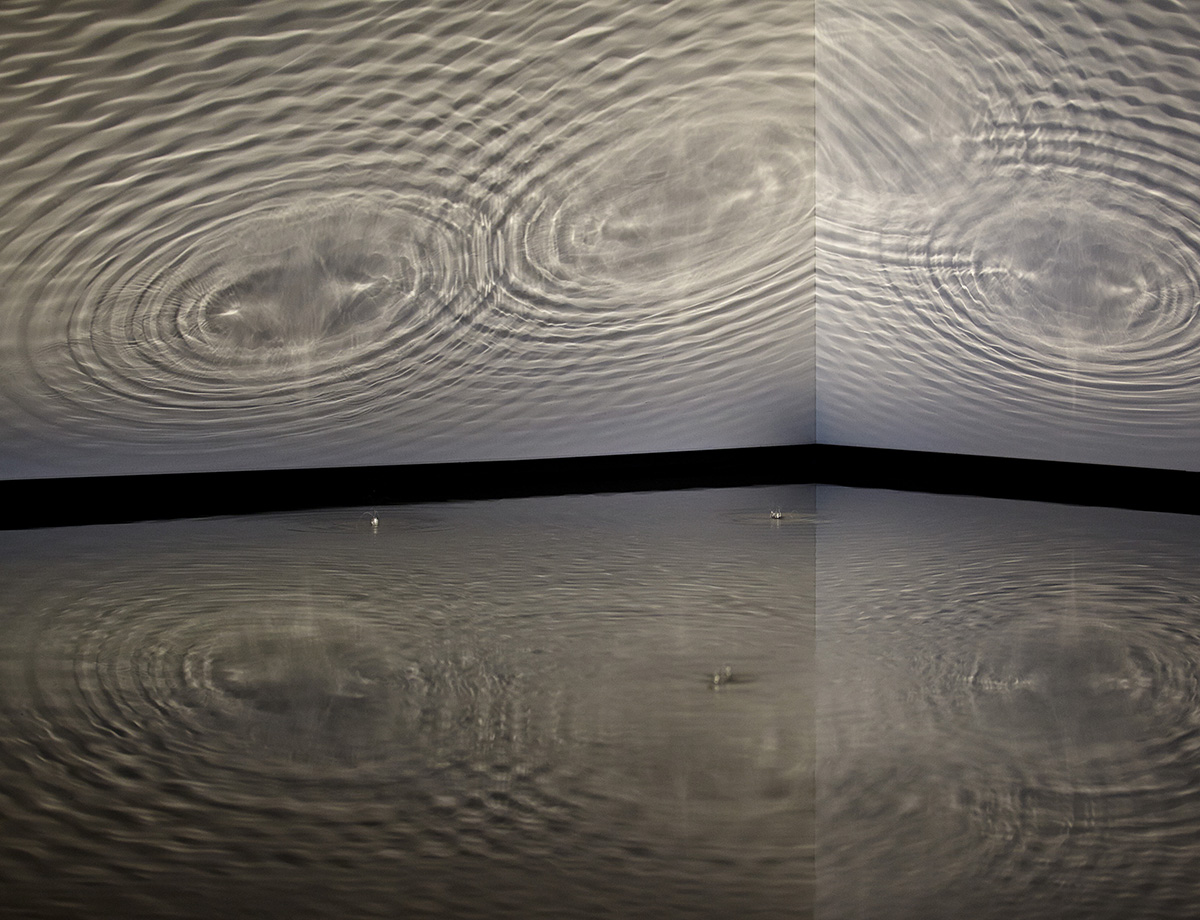Originally published in New Scientist, January 2014.
Few things accelerate productivity quite like a pressing deadline. So with the Arctic predicted to be ice-free during the summer within decades, it’s hardly surprising to see flurries of activity taking place in relation to the North Pole. But it’s not just scientists, researchers and oil companies; artists, too, are getting in on the act. And this week sees another, as Elizabeth Ogilvie’s Out of Ice opens at Ambika P3, the cavernous former construction hall of the University of Westminster’s School of Engineering in London.
The last few years have seen an increasing number of art projects exploring Earth’s poles from a diverse range of perspectives. Particularly dramatic was the 2012 film Chasing Ice, which documented the singular obsession of environmental photographer James Balog to show the demise of glaciers in the Arctic. Prior to that, film director Werner Herzog turned to Antarctica and chose to focus not so much on the changing environment but rather its impact on the people who live there. The result, 2007’s Encounters at the End of the World, remains a claustrophobic high point in this genre.
More overtly aligned with a climate change agenda has been work like ScanLAB’s Frozen Relic, which incorporated millimetre-perfect 3D scanning technology to capture the dimensions of a series of Arctic ice floes before “re-fabricating” them on a small scale. And There is Always Something More Important, an imposing fibreglass cast of an iceberg by Mariele Neudecker. At the 2013 Venice Biennale – a major event in the contemporary art calendar – blocks of melting ice were shown simultaneously inside lightboxes by Tavares Strachan from the Bahamas and outside on the street by Stefano Cagol from Italy.
Continue reading on New Scientist.
